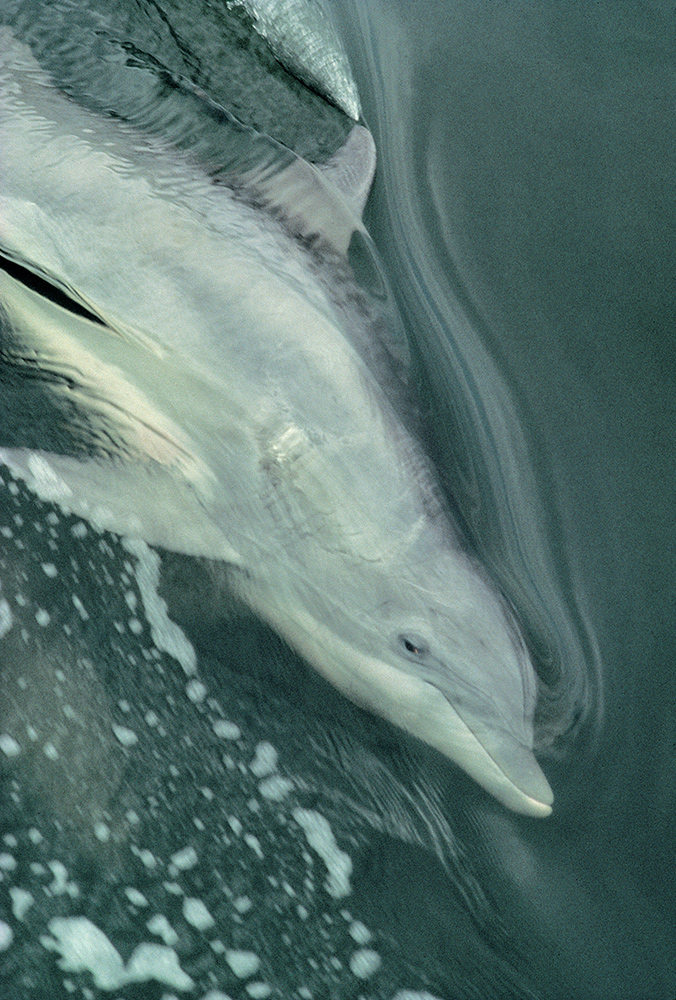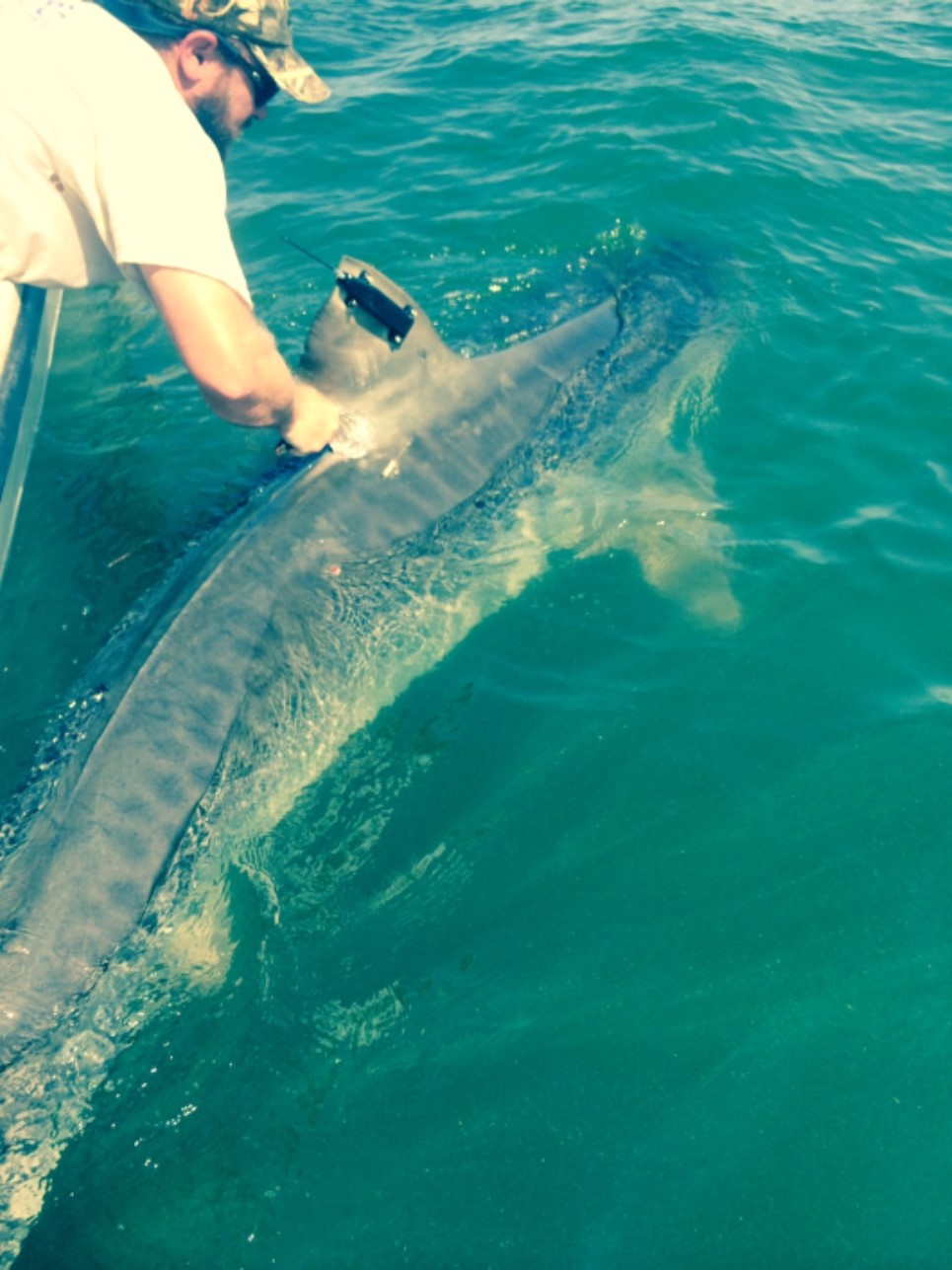
 Bottlenose dolphins are charismatic marine mammals that attract the attention and affection of almost all who watch them. As long-lived top predators in the marine food web, they can also serve as “canaries in the coal mine” indicating when environmental health is in jeopardy.
Bottlenose dolphins are charismatic marine mammals that attract the attention and affection of almost all who watch them. As long-lived top predators in the marine food web, they can also serve as “canaries in the coal mine” indicating when environmental health is in jeopardy.
LCI served as one of the partners in an ongoing study of dolphin health and environmental risk assessment being spear-headed by NOAA (the National Oceanographic and Atmospheric Administration). In August 2013, 22 dolphins were captured, evaluated on a variety of health parameters, and successfully released during the study. Past assessments of dolphins in Charleston Harbor indicated that less than 50% of the dolphins evaluated were considered to be in good health.
The long-term goal is to expand the study so that it includes dolphin populations in Port Royal Sound as well. As Dr. Patricia Fair, director of the study, wrote, “We certainly would not have been able to do this study without the support of the LowCountry Institute. Thank you so much for helping us with this research study and contributing to better understand the connections between dolphins and their environment and us.”
* photo by Eric Horan
scpesticides.org represents a collaborative and ongoing effort between multiple partners to improve the accessibility of information on commonly-used residential pesticides and water quality for three coastal South Carolina counties.

Sharks are excellent indicators of environmental health because they are top predators and are abundant locally. Combining rod and reel fishing and longlining, researcher Michelle Evans of Coastal Carolina University caught and tagged sharks in Port Royal Sound. A majority of the sharks caught were Atlantic sharpnose sharks, but there were also blacktip, blacknose, finetooth, sandbar, bonnethead, scalloped hammerhead and tiger sharks, in addition to Atlantic and Southern stingrays.

On September 19, 2014, Captain Chip Kelly and South Carolina Department of Natural Resources marine biologist Bryan Frazier caught and tagged a 12 foot 2 inch, 800 pound female tiger shark in Port Royal Sound as part of a shark research study being conducted in our waters. The study is a partnership between SCDNR and OCEARCH, a nonprofit organization that conducts global research on white sharks, tiger sharks, and other large apex predators. Their efforts enable researchers and institutions to obtain data on the movement, biology and health of sharks while enhancing public safety and education. LCI sponsored the tagging of this particular tiger shark. She was named Bailey after our very own Bailey Symington because of her ongoing support of LCI and other conservation organizations.
 Habitat Utilization, Relative Abundance, and Seasonality of Sharks in the Estuarine and Nearshore Waters of South Carolina
Habitat Utilization, Relative Abundance, and Seasonality of Sharks in the Estuarine and Nearshore Waters of South Carolina


 Bottlenose dolphins are charismatic marine mammals that attract the attention and affection of almost all who watch them. As long-lived top predators in the marine food web, they can also serve as “canaries in the coal mine” indicating when environmental health is in jeopardy.
Bottlenose dolphins are charismatic marine mammals that attract the attention and affection of almost all who watch them. As long-lived top predators in the marine food web, they can also serve as “canaries in the coal mine” indicating when environmental health is in jeopardy.

